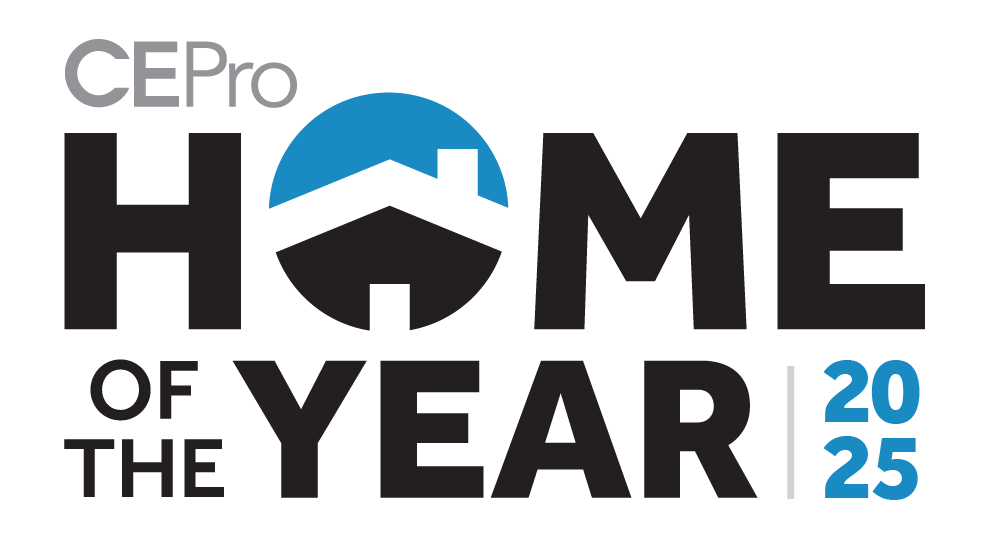Everything moves fast in the digital age, but even now as Wi-Fi 7 devices are gradually being rolled out into the ecosystem, we’re already being given details on where Wi-Fi 8 is heading.
Over the weekend, Qualcomm issued a press release detailing the new standard and its key features, which in contrast to prior standards, Wi-Fi seems to be prioritizing connection strength over raw performance.
“Wi-Fi 8 marks a fundamental pivot — moving beyond peak speeds to prioritize reliable performance in challenging real-world conditions. It’s designed to deliver consistent, low-latency and near-lossless connectivity even in highly congested, interference-prone and mobile environments,” said Qualcomm’s Rolf De Vegt.
As is to be expected with something so early in development, only a handful of details have been shared thus far regarding improvements to the current Wi-Fi standard.
According to Qualcomm, Wi-Fi 8 plans to offer:
- 25% higher throughput in challenging signal conditions such as apartments,
- 25% lower latency at the 95th percentile of latency distribution,
- And 25% fewer dropped packets when roaming between access points.
Additionally, Qualcomm has stated that the next Wi-Fi standard aims to greatly improve performance and connectivity at the edge of signal while also improving performance in devices that leverage a single antenna for multiple radios (i.e. Wi-Fi, Bluetooth, UWB).
Don’t get too excited, however, as the standard isn’t expected to be finalized until 2028.
Why Wi-Fi 8 is Prioritizing Stability Over Raw Performance
In the press release, De Vegt writes that part of the pivot in Wi-Fi 8 over Wi-Fi 7 from speed to stability is due to the raw demand AI is placing on networks with regards to reliability and latency.
Whether wearable, embedded in smart devices or autonomous, De Vegt writes that AI-systems pulling from access edge or cloud-based AI need reliable, near real-time connectivity to operate effectively. Their growing profusion throughout day-today life is shining a spotlight on how the current Wi-Fi standard struggles to support them.
Like anything else AI-related, however, the struggles being highlighted have always existed. Before AI, the sheer proliferation of personal devices operating on wireless frequencies has caused Wi-Fi networks to struggle for a long while.
As the nature of smart homes have evolved, the size and scope of networks needed to support the number of devices has greatly expanded over time. In some of the larger homes that integrators work in, enterprise-grade networks are often needed to be able to provide the level of support expected from clients.
Network performance has become so critical on projects that network design services have quickly shot up as being one of the most important offerings a manufacturer can provide to integrators on a project.
Where AI’s demand may work in bringing some much needed attention to another critical issue, however, is the growing prevalence of medical monitoring devices in the home. Part of the home health revolution, the home environment has seen a number of medical devices added to it over the years to help doctors keep tabs on non-critical patients.
Due to the nature of these devices using the home network to communicate with doctors regarding potentially life-threatening developments, network reliability and response time has grown to be of paramount concern, though the limited deployment of these devices hasn’t garnered the same level of attention as others have.
De Vegt writes that they want Wi-Fi 8 to bring wireless networks closer to having the same reliability and responsiveness of wired infrastructure, but how close they will be able to come with Wi-Fi 8 eight is yet to be seen. For now, we have a few stated goals and an expected release date of January 2028 while we await further developments.







